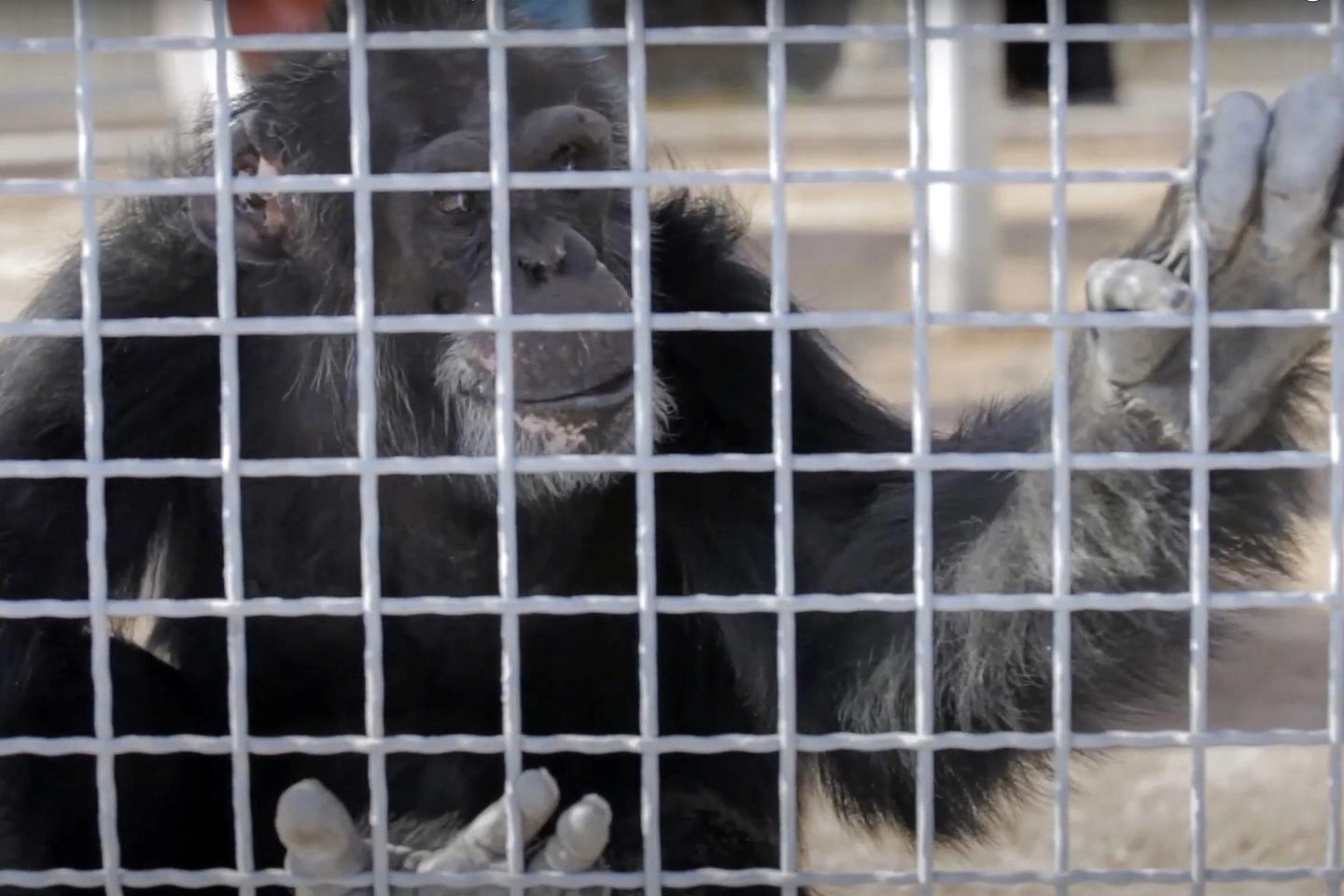
Federal funding for animal testing became more firmly entrenched during the Biden years, but the new Trump administration has canceled experiments, adopted out test animals and set new deadlines for phasing out some types of research.
In the Agriculture Department, the Coast Guard and the Pentagon, officials are renewing commitments and reviving pro-animal promises from the first Trump administration that President Biden had set aside.
At the Food and Drug Administration, officials released a timeline to reduce tests on primates. The Navy has banned all dog and cat experiments. The Environmental Protection Agency has started to retire rats and fish held for testing at its lab in North Carolina and is now seeking homes for them.
The National Institutes of Health, the largest player in taxpayer-funded animal testing, agreed in April to promote nonanimal approaches to research and said it would work to reduce any bias in favor of animal testing in its selection committees, which review and approve agency grants.
In May, NIH closed its beagle lab, which had long angered dog lovers by subjecting pups to grisly experiments for the sake of science.
However, it still approves of what some critics call grisly experiments.
In August alone, according to data compiled by the White Coat Waste Project, NIH doled out money to pay for multiple projects dosing rats and dogs with toxins and one project that calls for manipulating cats’ eyes to study early-onset glaucoma.
NIH also renewed money for “Monkey Island,” a federally sponsored breeding colony on Morgan Island, on the South Carolina coast.
Anthony Bellotti, president of the White Coat Waste Project, said NIH remains “an outlier … defiantly doubling down on dog and cat testing.”
“The Trump administration must clean house at NIH and force these defiant bureaucrats to do what other agencies are already doing to cut wasteful animal testing: Stop the money. Stop the madness,” he said.
Overall, he saw a lot to praise in the rest of the administration’s actions.
“So far this year, White Coat Waste efforts prompted the Pentagon to cancel and ban experiments on dogs and cats, led the EPA to shut down its in-house animal labs and adopt out survivors, and caused DOGE to slash millions in wasteful spending on Fauci’s Chinese animal labs and disturbing transgender animal tests,” Mr. Bellotti said.
People for the Ethical Treatment of Animals is also tracking the Trump administration’s work. PETA pointed to the FDA’s April announcement of plans to phase out animal testing requirements for drug approvals and a March directive from the Department of Government Efficiency canceling NIH grants that funded “transgender animal” experiments.
“While we’ve always been clear that the exploitation of animals could and should end today, we are optimistic about this progress,” said Emily R. Trunnell, director of science advancement and outreach at PETA.
Ms. Trunnell also had a more optimistic view of NIH’s activities. She pointed to the April announcement about promoting nonanimal approaches to testing and the closure of the beagle lab.
“They’re putting programs into place that will enable lasting change, that will show policymakers and the scientific community the value of human-relevant research and that so much of what has been done to animals in the name of science has been completely unnecessary,” Ms. Trunnell said. “The steps being taken now can ensure that future administrations see no reason to reverse course.”
NIH didn’t respond to inquiries for this report, but Nicole Kleinstreuer, acting director for coordination, said in a June interview with NPR’s “On Point” program that the agency is exploring what’s possible.
“We have no intention of just phasing out animal studies overnight. We know that animal studies are still very important and often scientifically justified,” she said. “But we are seeing rapid progress, and the more we invest in this space, the better those human biology-based integrated systems will become and the less we will have to rely on animal models moving forward.”
The Washington Times also reached out to several organizations that support animal testing but did not receive substantive replies.
Researchers say the issue in animal testing is the extent to which validated replacement models can be used.
Some researchers say the science is too far in the future to begin phasing out testing. Others argue that science needs to be prodded by timelines and phaseouts, such as those the first Trump administration imposed and the Biden administration canceled.
On Capitol Hill, the push to rein in animal testing has been gaining bipartisan ground, though supporters say it’s time to push harder.
“Wasteful animal research seems to have nine lives in Washington, but enough is enough,” Sen. Joni Ernst, Iowa Republican, told The Washington Times. “Taxpayers should not be footing the bill for cruel Fauci-style experiments on cats and dogs in the U.S., China or anywhere else. I commend the Navy for banning harmful research on dogs and cats, and I’m proud to lead efforts to end this doggone waste at other federal agencies like the NIH as well.”
Rep. Nancy Mace, South Carolina Republican, said Congress can act. She has legislation prohibiting taxpayer-funded experiments that inflict pain or distress on dog or cat test subjects.
“If the NIH won’t do the right thing on its own, we will make them,” she said. “These aren’t lab tools; they’re pets, they’re family, and my PAAW Act will stop this taxpayer-funded animal abuse for good.” The PAAW Act is short for the Preventing Animal Abuse and Waste Act.
PETA’s Ms. Trunnell also outlined some next steps that the administration or Congress could take. Among them are shutting down the pipeline of animals shipped in from overseas and the flow of U.S. money to labs in other countries.
From 2011 to 2021, foreign labs received $2.2 billion from NIH. That included a grant to EcoHealth Alliance, which then funded research at the Wuhan Institute of Virology, one of the possible sources of the devastating COVID-19 pandemic.

















